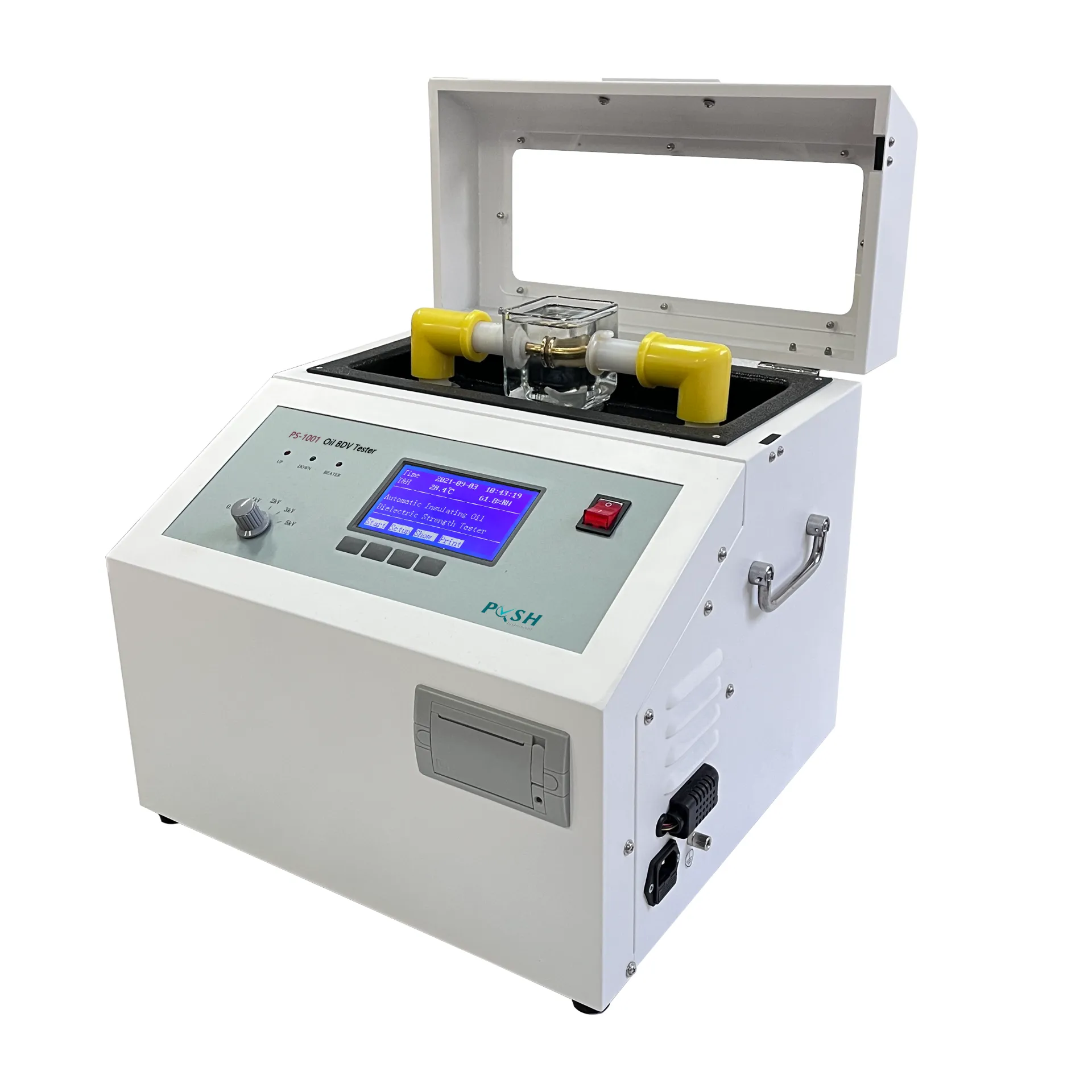 English
English



-
 Afrikaans
Afrikaans -
 Albanian
Albanian -
 Amharic
Amharic -
 Arabic
Arabic -
 Armenian
Armenian -
 Azerbaijani
Azerbaijani -
 Basque
Basque -
 Belarusian
Belarusian -
 Bengali
Bengali -
 Bosnian
Bosnian -
 Bulgarian
Bulgarian -
 Catalan
Catalan -
 Cebuano
Cebuano -
 China
China -
 China (Taiwan)
China (Taiwan) -
 Corsican
Corsican -
 Croatian
Croatian -
 Czech
Czech -
 Danish
Danish -
 Dutch
Dutch -
 English
English -
 Esperanto
Esperanto -
 Estonian
Estonian -
 Finnish
Finnish -
 French
French -
 Frisian
Frisian -
 Galician
Galician -
 Georgian
Georgian -
 German
German -
 Greek
Greek -
 Gujarati
Gujarati -
 Haitian Creole
Haitian Creole -
 hausa
hausa -
 hawaiian
hawaiian -
 Hebrew
Hebrew -
 Hindi
Hindi -
 Miao
Miao -
 Hungarian
Hungarian -
 Icelandic
Icelandic -
 igbo
igbo -
 Indonesian
Indonesian -
 irish
irish -
 Italian
Italian -
 Japanese
Japanese -
 Javanese
Javanese -
 Kannada
Kannada -
 kazakh
kazakh -
 Khmer
Khmer -
 Rwandese
Rwandese -
 Korean
Korean -
 Kurdish
Kurdish -
 Kyrgyz
Kyrgyz -
 Lao
Lao -
 Latin
Latin -
 Latvian
Latvian -
 Lithuanian
Lithuanian -
 Luxembourgish
Luxembourgish -
 Macedonian
Macedonian -
 Malgashi
Malgashi -
 Malay
Malay -
 Malayalam
Malayalam -
 Maltese
Maltese -
 Maori
Maori -
 Marathi
Marathi -
 Mongolian
Mongolian -
 Myanmar
Myanmar -
 Nepali
Nepali -
 Norwegian
Norwegian -
 Norwegian
Norwegian -
 Occitan
Occitan -
 Pashto
Pashto -
 Persian
Persian -
 Polish
Polish -
 Portuguese
Portuguese -
 Punjabi
Punjabi -
 Romanian
Romanian -
 Russian
Russian -
 Samoan
Samoan -
 Scottish Gaelic
Scottish Gaelic -
 Serbian
Serbian -
 Sesotho
Sesotho -
 Shona
Shona -
 Sindhi
Sindhi -
 Sinhala
Sinhala -
 Slovak
Slovak -
 Slovenian
Slovenian -
 Somali
Somali -
 Spanish
Spanish -
 Sundanese
Sundanese -
 Swahili
Swahili -
 Swedish
Swedish -
 Tagalog
Tagalog -
 Tajik
Tajik -
 Tamil
Tamil -
 Tatar
Tatar -
 Telugu
Telugu -
 Thai
Thai -
 Turkish
Turkish -
 Turkmen
Turkmen -
 Ukrainian
Ukrainian -
 Urdu
Urdu -
 Uighur
Uighur -
 Uzbek
Uzbek -
 Vietnamese
Vietnamese -
 Welsh
Welsh -
 Bantu
Bantu -
 Yiddish
Yiddish -
 Yoruba
Yoruba -
 Zulu
Zulu
winding ohmmeter
Understanding the Winding Ohmmeter A Key Tool in Electrical Testing
In the realm of electrical engineering, the importance of precise measurements cannot be overstated. One such critical instrument used for evaluating the integrity of electrical components is the winding ohmmeter. This specialized tool plays an essential role in assessing the condition of electrical windings in motors, generators, transformers, and various other devices that employ coils of wire to create magnetic fields.
What is a Winding Ohmmeter?
A winding ohmmeter is a type of digital or analog multimeter specifically designed to measure the resistance of winding coils. Unlike standard ohmmeters, winding ohmmeters can apply higher voltage levels to the windings, enabling a more accurate assessment of insulation resistance and continuity. This capability is crucial because the resistance readings can directly impact the performance and longevity of electrical equipment.
Functions and Applications
The primary function of a winding ohmmeter is to measure the resistance of winding coils, which can reveal critical information about the health of the electrical component. High resistance usually indicates good insulation and overall condition, while low resistance may signal potential problems such as shorts or breakdown in the insulation. By performing these measurements, technicians can proactively identify issues that could lead to equipment failure, minimizing downtime and maintenance costs.
Winding ohmmeters are widely used in industries that rely on large electric motors and transformers. For instance, in the manufacturing sector, where motors drive production lines, ensuring their optimal function is essential for operational efficiency. Similarly, in power generation facilities, transformers play a vital role in voltage regulation, making the assessment of winding integrity paramount.
winding ohmmeter

How Does a Winding Ohmmeter Work?
The operation of a winding ohmmeter is based on Ohm's law, which relates voltage, current, and resistance. When the device is connected to the winding, it applies a specific test voltage, often between 100V and 1000V, depending on the specifications of the equipment being tested. The induced current flows through the winding, and the instrument measures this current to calculate the resistance.
The device typically features a built-in display, allowing technicians to read resistance values easily. Many modern winding ohmmeters also come equipped with additional functionalities, such as data logging and connectivity options for record-keeping and analysis, making them invaluable tools for electrical maintenance teams.
Safety Considerations
When using a winding ohmmeter, it is imperative to prioritize safety. The high voltages involved can pose a risk of electric shock or damage to the equipment if not handled properly. Technicians should ensure that the equipment is de-energized before making connections and always follow industry safety standards and guidelines. Furthermore, proper training in using winding ohmmeters is essential to ensure accurate results and safe operation.
Conclusion
In conclusion, the winding ohmmeter is an indispensable tool in the maintenance of electrical equipment that utilizes winding coils. By providing critical resistance measurements, it allows technicians to assess the health of motors, transformers, and other electrical devices, thereby facilitating proactive maintenance and reducing the risk of equipment failure. As technology continues to advance, the functionality and efficiency of winding ohmmeters are likely to improve, further enhancing their role in the reliability and safety of electrical systems. Investing in quality winding ohmmeters and training personnel to use them effectively is a strategic decision that can lead to significant long-term benefits in various industrial applications.
-
Ensuring SF₆ Gas Safety: Introducing PUSH’s Integrated SF₆ Analyzer for Dew Point, Purity, and Decomposition MonitoringNewsJul.10,2025
-
Exploring the Main Types of Industrial Endoscopes and Their Applications Across IndustriesNewsJul.04,2025
-
Testing Equipment Industry Sees Major Advancements in 2025: Smart & Precision Technologies Lead the WayNewsJun.06,2025
-
Applications of Direct Current Generators in Renewable Energy SystemsNewsJun.05,2025
-
Hipot Tester Calibration and Accuracy GuidelinesNewsJun.05,2025
-
Digital Circuit Breaker Analyzer Features and BenefitsNewsJun.05,2025



